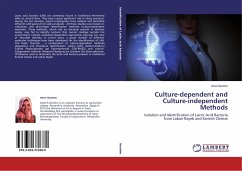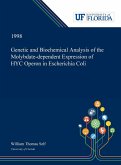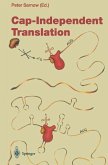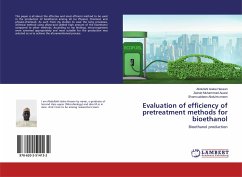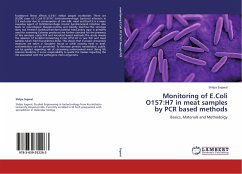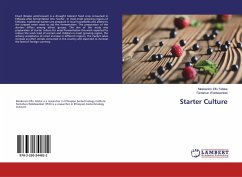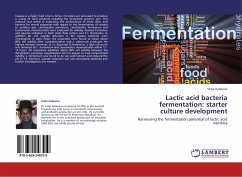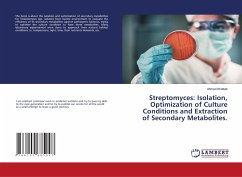Lactic acid bacteria (LAB) are commonly found in traditional fermented milks as natural flora. They play a great significant role in these products. During the last decades, several investigators have isolated and identified different LAB species from dairy products . All these studies were based on cultivation and phenotypic identification methods (culture-dependent methods). These methods, which rely on bacterial growth in selective media, may fail to identify bacteria that cannot multiply outside the environment. Indeed, cultivation-dependent approaches may bias our view of microbial diversity. In recent years, a great number of different molecular techniques have been developed for the identification of LAB. This book, therefor , a combination of culture-dependent methods [Apparatus and Procedure Identification system (API), Sodium-Dodecyl Sulfate Polyacrylamide gel Electrophoresis (SDS-PAGE)] and culture-independent methods (Temporal Temperature Gradient Gel Electrophoresis (TTGE)were used to determine the lactic acid bacteria present in traditional Kariesh cheese and Laban Rayeb.
Bitte wählen Sie Ihr Anliegen aus.
Rechnungen
Retourenschein anfordern
Bestellstatus
Storno

